In that context, an appropriate management strategy is needed to avoid turning areas rich in cultural identity into cultural "lowlands" in the new administrative apparatus.
In the process of administrative restructuring, localities across the country have carried out mergers. The two-level government model (province - commune/ward/town) helps streamline the apparatus and reduce budget expenditures.
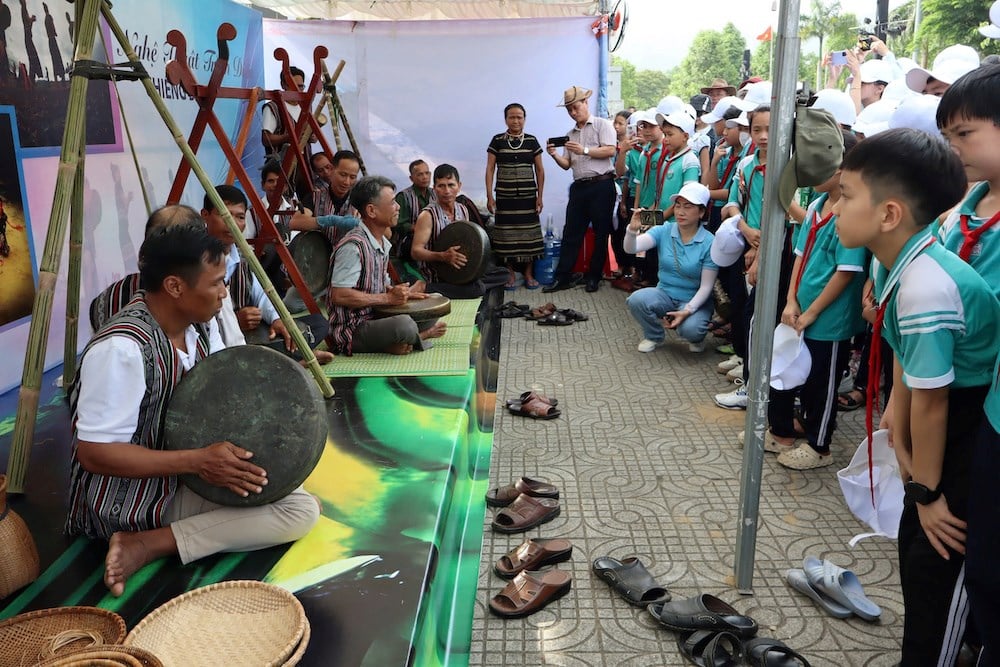
However, the abolition of the district level means that specialized departments, including the district-level Department of Culture and Information, no longer exist, leading to a shortage of human resources directly monitoring heritage and grassroots culture.
In mountainous areas and ethnic minority areas, where many valuable tangible and intangible cultural heritages are concentrated, a management "gap" is gradually appearing.
In many places, cultural workers at the commune level hold many positions and lack deep expertise, while provincial departments find it difficult to comprehensively cover large and culturally diverse areas.
In reality, heritage management is not simply about preserving artifacts or registering festivals. It is a long chain from identifying values, teaching, promoting, to linking with livelihoods, tourism and educating the younger generation.
When there is a lack of a competent department to directly implement at the local level, the risk of losing heritage, especially intangible heritage such as language, folk knowledge, rituals, and traditional crafts, is inevitable.
In order not to forget the cultural “lowlands”, there needs to be a synchronous solution in redesigning the cultural apparatus after the merger. One of the proposals put forward by many experts is to establish a Heritage Management Center at the regional or inter-commune level, with professional support from the province, and at the same time flexibly coordinate with artisans and people knowledgeable about local culture.
It is necessary to focus on training grassroots cultural cadres specializing in heritage conservation, especially in mountainous communes and ethnic minority areas. Instead of having cultural cadres concurrently hold the position of receptionist and clerk, it is necessary to clearly assign tasks of preserving indigenous culture, working with the community to maintain traditions in daily life.
In addition, redesigning the cultural budget system is urgent. Resource allocation should focus on localities with high heritage density but lacking preservation conditions.
At the same time, it is necessary to expand the socialization mechanism, encourage non- governmental organizations and businesses to accompany people in heritage "revival" programs.
A strategic imperative today is to integrate cultural elements into the two-tier government system. Heritage should not be seen as “something old to be preserved”, but as a dynamic part of sustainable development.
Therefore, all planning, infrastructure construction, or tourism development plans in localities after the merger need to have the voice of the cultural community.
In the long term, the merger and administrative restructuring should be accompanied by a National Strategy for heritage conservation after the merger, taking into account changes in the apparatus and local characteristics.
In particular, the Ministry of Culture, Sports and Tourism needs to be the focal point, building a clear legal framework, and standardizing heritage management processes in the context of no longer having a district level.
The support of the community, especially folk artisans, the elderly, and young people who love indigenous culture, also needs to be institutionalized through support policies, incentives, and recognition of their roles.
Traditional culture cannot be preserved simply by heritage certificates, but needs to live in the community, which only real care and investment can ensure.
From restructuring the government to restructuring the heritage management mindset is an inseparable journey. Not letting heritage areas become cultural “lowlands” after the merger is a common responsibility of the whole society, in order to preserve the identity, memory, and soul of each land in the flow of national development.
Source: https://baovanhoa.vn/van-hoa/dung-de-van-hoa-hut-hoi-157903.html






![[Photo] Prime Minister Pham Minh Chinh receives the delegation of the Semiconductor Manufacturing International (SEMI)](https://vphoto.vietnam.vn/thumb/1200x675/vietnam/resource/IMAGE/2025/11/06/1762434628831_dsc-0219-jpg.webp)
![[Photo] Closing of the 14th Conference of the 13th Party Central Committee](https://vphoto.vietnam.vn/thumb/1200x675/vietnam/resource/IMAGE/2025/11/06/1762404919012_a1-bnd-5975-5183-jpg.webp)

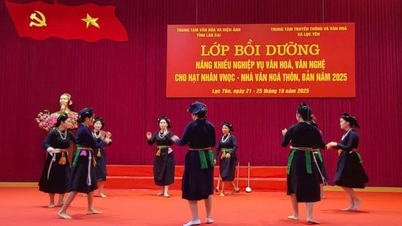




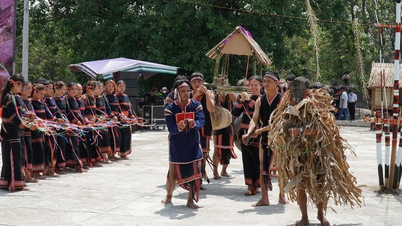



![[Video] The third National Press Award "For the cause of developing Vietnamese culture"](https://vphoto.vietnam.vn/thumb/402x226/vietnam/resource/IMAGE/2025/11/06/1762444834490_giai-bao-chi-vh-3937-jpg.webp)

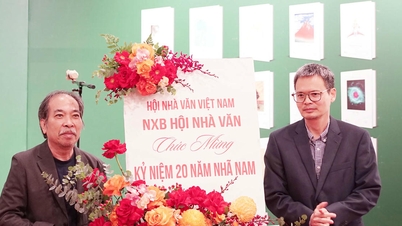












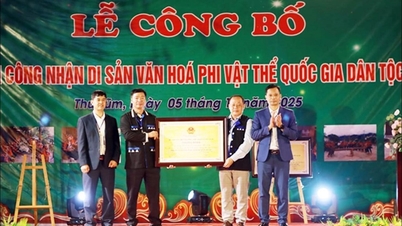








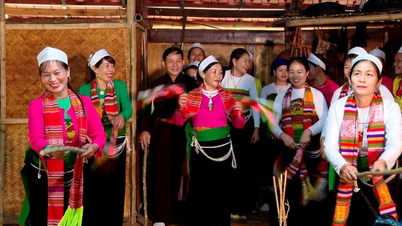










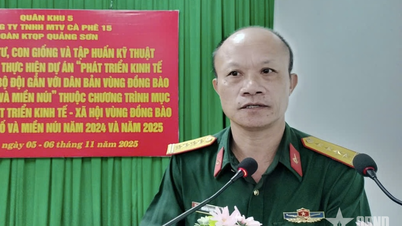





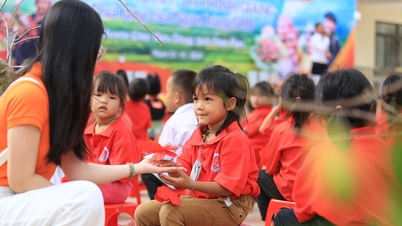










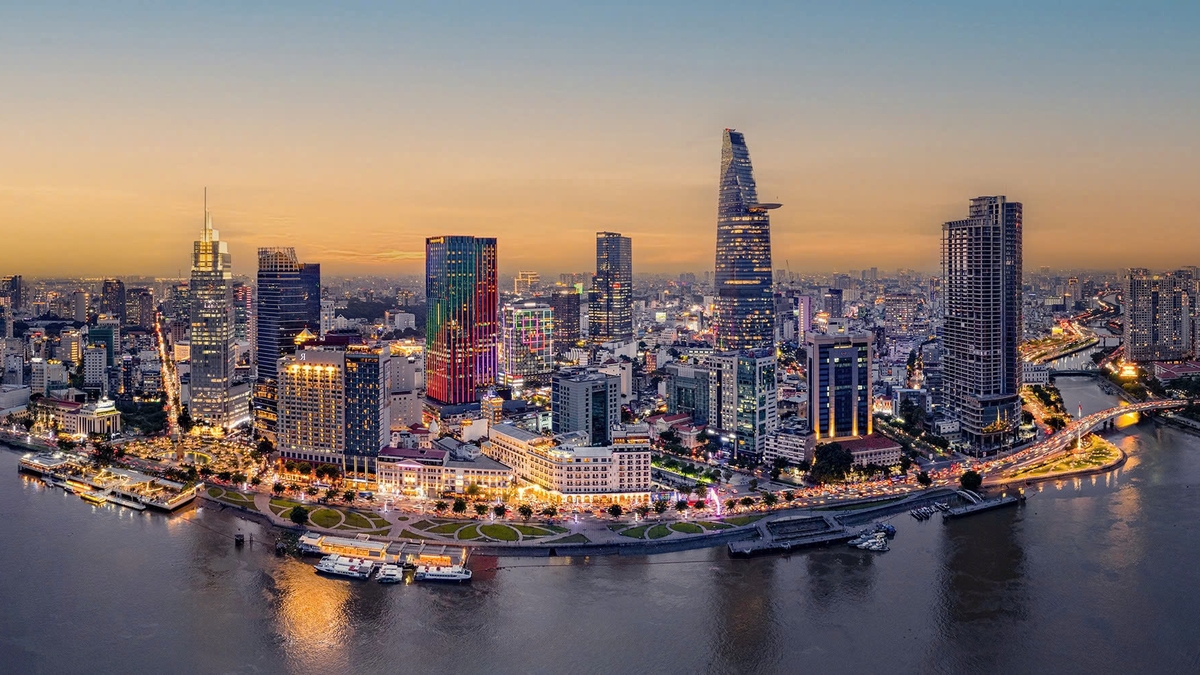


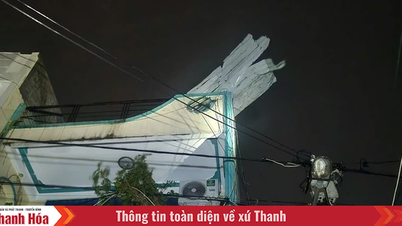

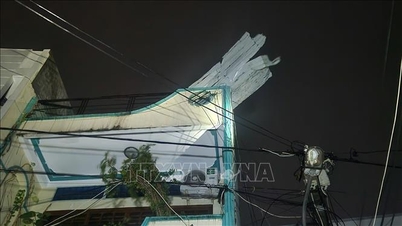

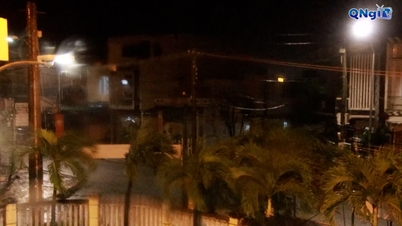

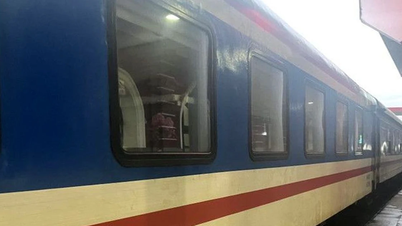


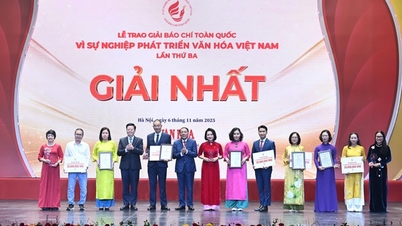

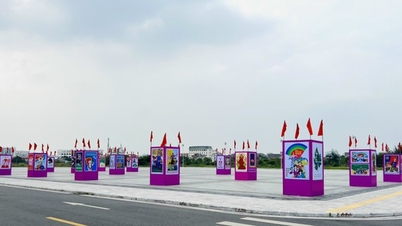
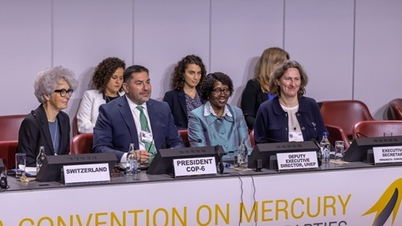




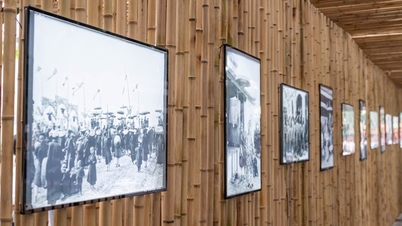



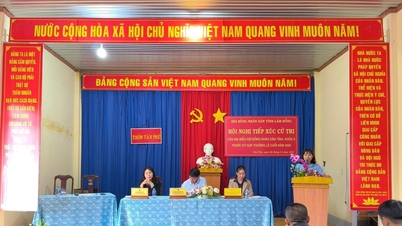













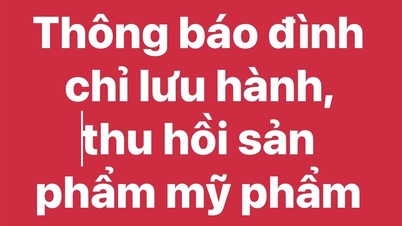


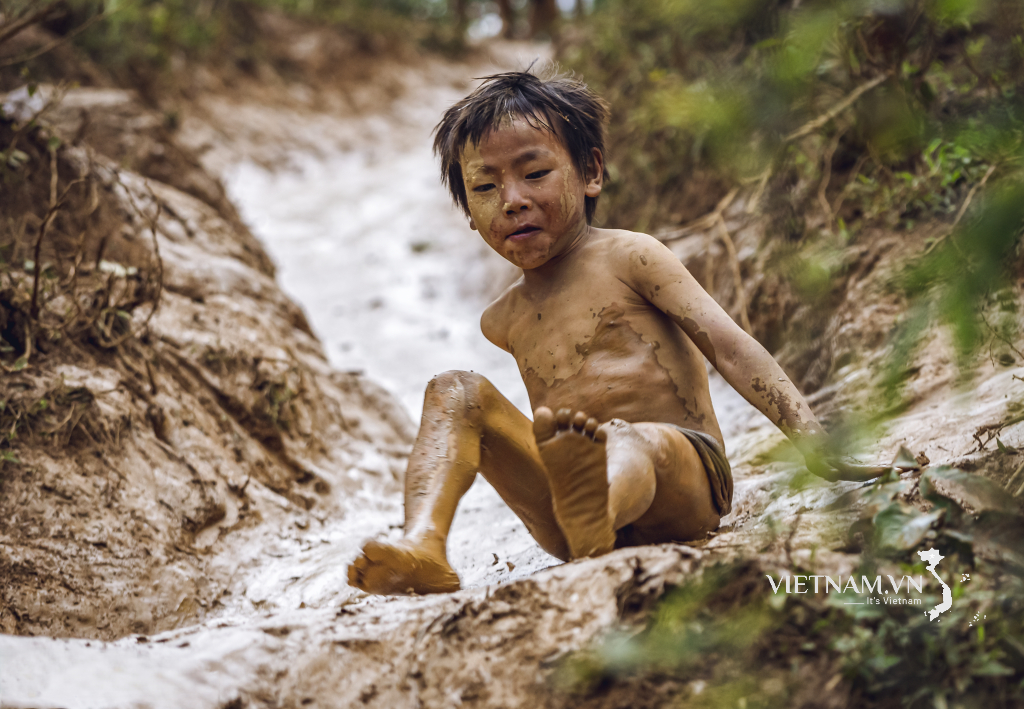

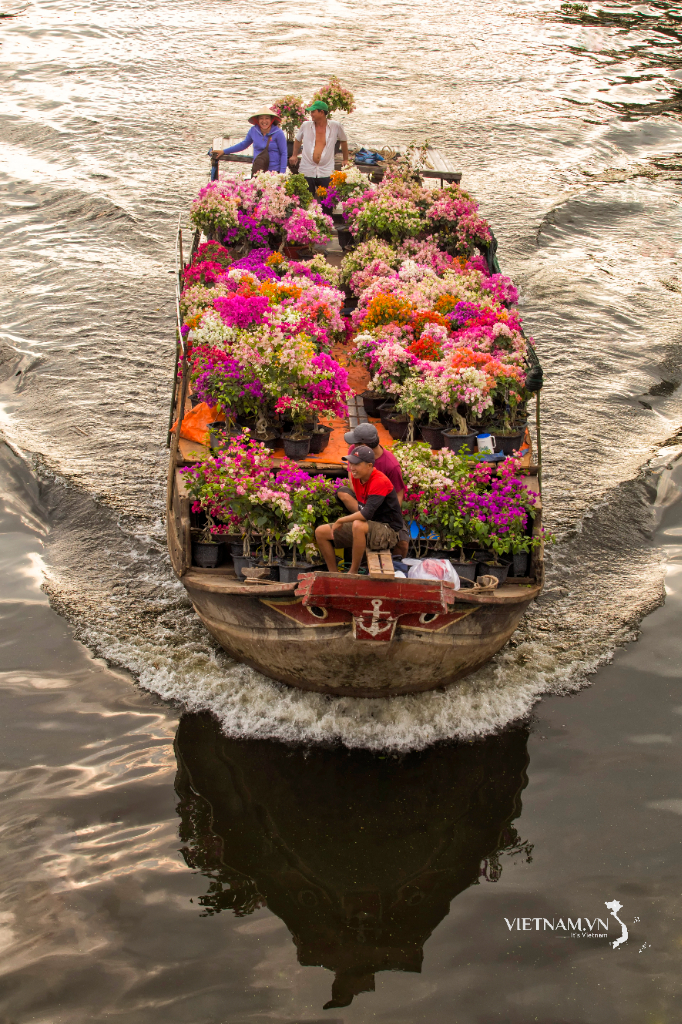
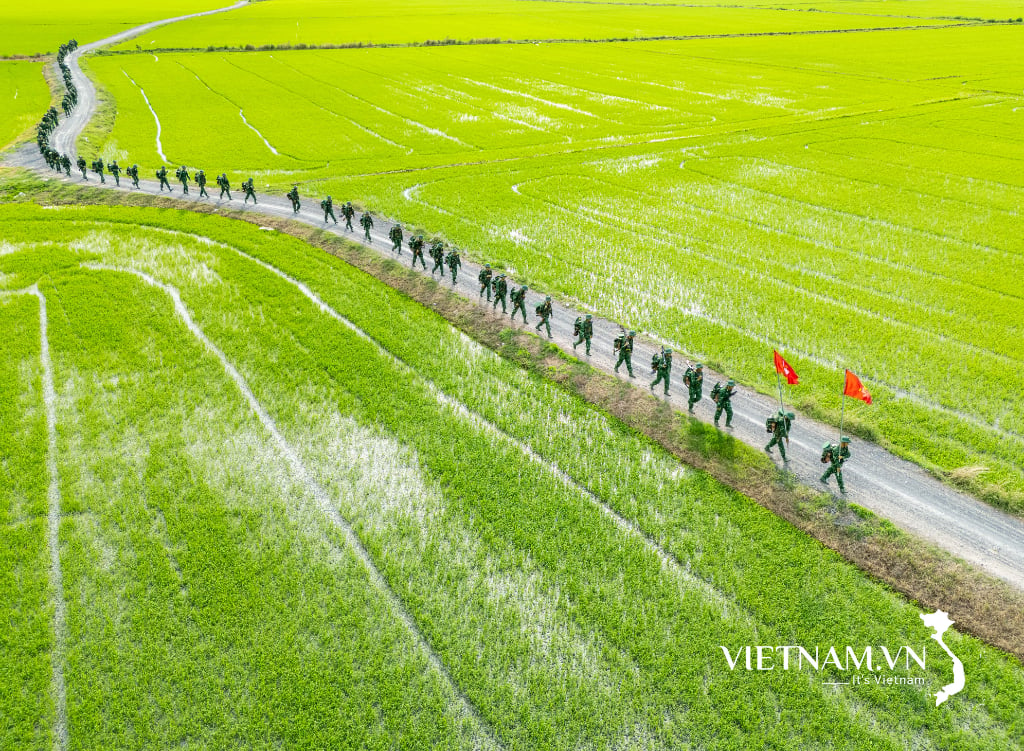
Comment (0)